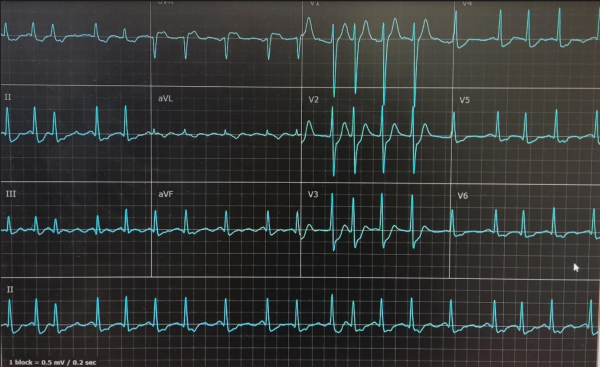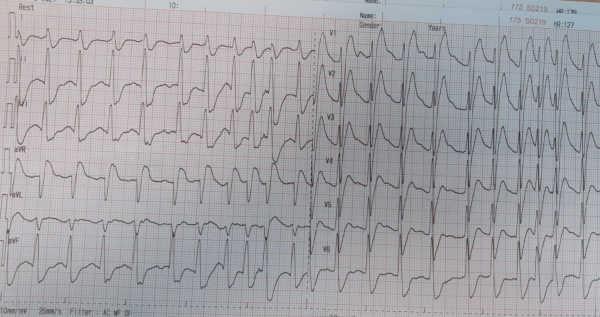心肺复苏后深心外膜撕裂1例。
IF 1.3
Q2 MEDICINE, GENERAL & INTERNAL
引用次数: 0
摘要
有效的胸部按压已被证明是成功的心肺复苏(CPR)的关键因素。然而,在医学文献中,意外伤害已经被描述了几十年,包括严重的胸内损伤。我们提出一个病例80岁的男子成功心肺复苏术后,谁后来被诊断为深心外膜撕裂,由于有效的胸部按压。本文章由计算机程序翻译,如有差异,请以英文原文为准。



Deep Epicardial Laceration after Cardiopulmonary Resuscitation: A Case Report.
Effective chest compressions have been proven to be a key element in a successful cardiopulmonary resuscitation (CPR). However, unintended injuries have been described in the medical literature for decades, including major intrathoracic injuries. We present a case of an 80-year-old man after a successful CPR who was later diagnosed with deep epicardial laceration as a result of effective chest compressions.
求助全文
通过发布文献求助,成功后即可免费获取论文全文。
去求助
来源期刊

Rambam Maimonides Medical Journal
MEDICINE, GENERAL & INTERNAL-
CiteScore
3.20
自引率
6.70%
发文量
55
审稿时长
8 weeks
 求助内容:
求助内容: 应助结果提醒方式:
应助结果提醒方式:


